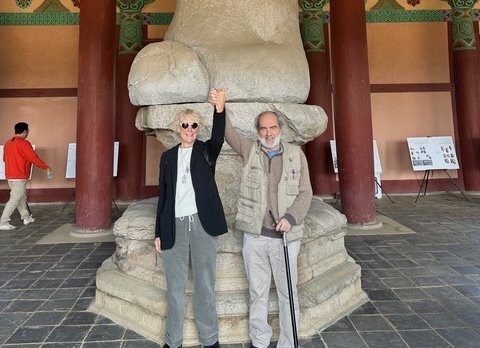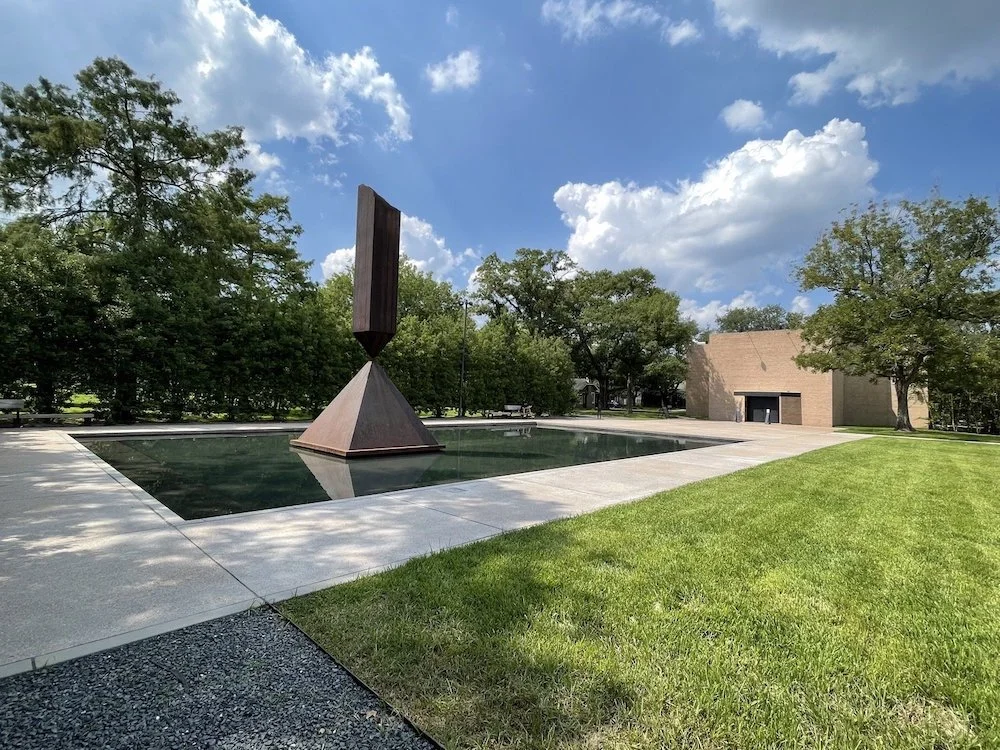(ESSAY) On Aug. 9, 1945, the U.S. dropped a bomb called “Fat Man” on Urakami, Japan, the most Christian suburb of the most Christian city in Japan: Nagasaki. It is the forgotten bomb, the silent bomb. Hiroshima, being the city where the first nuclear bomb, less powerful than the Nagasaki bomb was detonated, is the atomic bombing that all peace movements acclaim: “No more Hiroshimas!”
Read More(ESSAY) When I began exploring the history of Christianity and the art it inspired, I had no idea it would lead me to one of the closest friendships of my life. That friend was Alexei Mihailovich Lidov, a world-renowned scholar of Byzantine art and architecture. The path to that friendship began in 1999, when our family traveled to Turkey for the first time.
Read More(ESSAY) Over the next year, Peter Brandes’ health deteriorated but he kept working — designing and making prints for three art books — one of poetry, one of the ancient hymns of Romanus, another of the story of Isaac and Ishmael. And, he made many drawings. Finally, on Jan. 4 he died, with Maja Lisa by his side. His legacy is a body of work — both sacred and secular — unique in the 20th and early 21st centuries. A gift to the world.
Read More(ESSAY) What is now the Rothko Chapel in Houston, Texas, has become a pilgrimage destination for some and an enigma to others. Mark Rothko has long been the mid-century artist whose work I thought had the most to say about the human condition. As a reader of Nietzsche and Kierkegaard, Rothko often said that tragedy was at the heart of human experience — that in solitude our deep loneliness was palpable.
Read More



